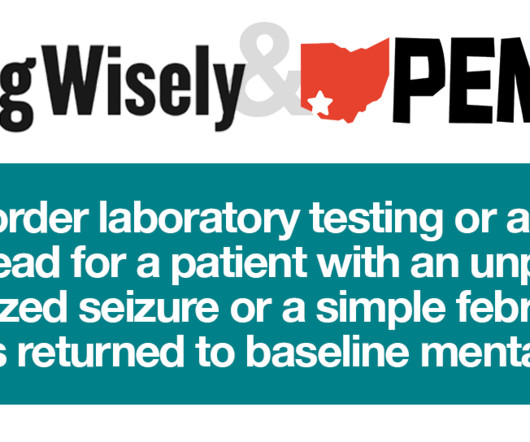A true story of payer negotiations
Physician's Practice
JUNE 9, 2025
Physicians, whether in small practices or employed by hospitals, face a daunting challenge when trying to get a payer to approve a medication, procedure or imaging study. The standard of care was hospital admission and surgical ablation of the obstruction to urine flow. The cost of the hospital procedure was $25,000 to $35,000.














Let's personalize your content